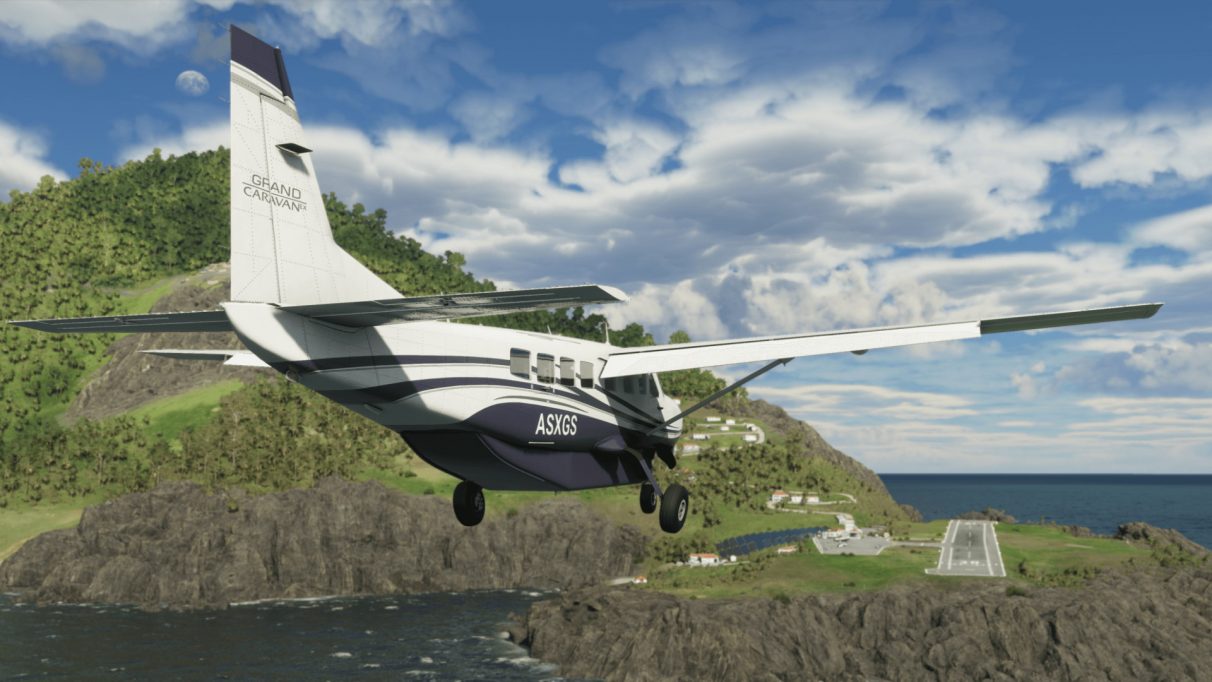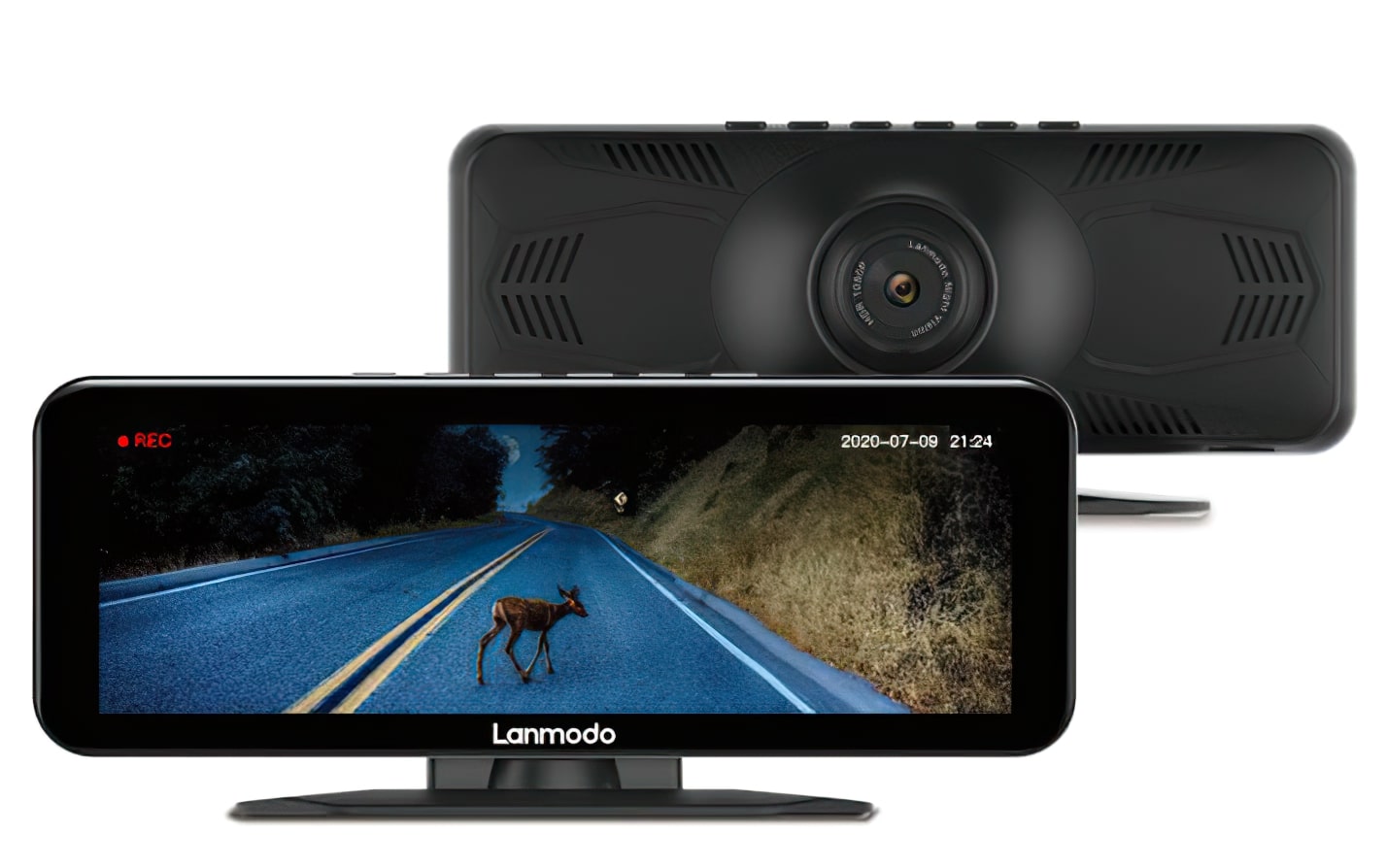
Microsoft Flight Simulator is lastly prepared for boarding on PC, however in case you’re unsure whether or not your PC has the abdomen for hovering by means of Asobo Studio’s beautiful new flight sim and its many lots of of photorealistic cities, then I’m right here to assist. I’ve been testing the game on its beneficial PC necessities in the present day, seeing precisely what sort of efficiency you will get from a comparatively modest PC construct.
I’ll be upfront. Microsoft Flight Simulator is a type of games that’s positively constructed with future tech in thoughts. As our mates at Digital Foundry have beforehand reported, even in the present day’s finest {hardware} will battle to run this game on max settings at greater resolutions, so it’s essential to maintain expectations in verify if you’re configuring the game’s many, many graphics settings. Unlike different massive blockbuster games which have come out not too long ago on PC, Ultra actually does imply one thing right here, so don’t be put out in case you can’t routinely crank all the things as much as eleven and get a easy 60fps.
Indeed, Microsoft Flight Simulator isn’t only a massive graphical showcase. It’s a game that pushes each a part of your PC to its restrict. Not solely do you want a robust graphics card to run this game on greater settings, however you additionally want a quick CPU that’s able to processing and decoding all of its detailed real-time climate and physics simulations, and a hefty quantity of RAM to go along with it. Ideally, you’ll in all probability additionally wish to set up the game on an SSD, because the game warns you proper in the beginning that shinier graphics will end in longer loading occasions, and also you’ll additionally want a good web connection to stream in all that satellite tv for pc knowledge and fly-by picture scans that assist to provide the game its spectacular stage of element.
In quick, it’s an absolute beast of a game on PC proper now, nevertheless it’s additionally one which’s meant to develop and evolve over time as Microsoft and Asobo Studio proceed to increase and add to it. Indeed, Asobo have informed RPS that they “intend to stay on this journey for the next decade” as they work to enhance the game’s simulation. “Our vision is that this is an ever-evolving platform,” they mentioned. “Our Earth is always changing and so will we. We’ll keep updating the world simulation. We’ll continue to get better and more live data, and we will continue growing and expanding the simulation for many years to come.”
So don’t fear an excessive amount of in case your PC can’t fairly handle Flight Simulator in the present day, as there’ll at all times be that PC of tomorrow that may.
Microsoft Flight Simulator PC necessities
Until the time comes on your subsequent PC improve, although, let’s take a better take a look at what sort of efficiency you will get within the right here and now. As a reminder, listed here are Microsoft Flight Simulator’s PC requirements, that are cut up into Minimum, Recommended and Ideal specs.
Unfortunately, the official PC necessities don’t give any indication of what sort of efficiency you may count on from every of those specs, or certainly what decision they’re concentrating on. So I believed I’d do the onerous give you the results you want and discover out. I’ll be focusing primarily on the Recommended spec on this article, as that’s the closest one to my very own check PC.
Microsoft Flight Simulator Minimum PC Requirements:
CPU: Intel Core i5 4460 / AMD Ryzen 3 1200
RAM: 8GB
GPU: Nvidia GeForce GTX 770 / AMD Radeon RX 570
VRAM: 2GB
Storage: 150GB
Bandwidth: 5 Mbps
OS: Windows 10 Nov 2019 replace (1909)
Microsoft Flight Simulator Recommended PC Requirements:
CPU: Intel Core i5-8400 / AMD Ryzen 5 1550X
RAM: 16GB
GPU: Nvidia GeForce GTX 970 / AMD Radeon RX 590
VRAM: 4GB
Storage: 150GB
Bandwidth: 20 Mbps
OS: Windows 10 Nov 2019 replace (1909)
Microsoft Flight Simulator Ideal PC Requirements:
CPU: Intel Core i7-9800X / AMD Ryzen 7 Pro 2700X
RAM: 32GB
GPU: Nvidia GeForce RTX 2080 / AMD Radeon VII
VRAM: 8GB
Storage: 150GB SSD
Bandwidth: 50 Mbps
OS: Windows 10 Nov 2019 replace (1909)
Indeed, my Intel Core i5-8600Okay processor is simply above the beneficial Intel CPU in Microsoft Flight Simulator’s beneficial necessities, and I’ve additionally received 16GB of RAM clocked at their customary velocity of 2133MHz inside my PC as properly. As for my dwelling web connection, I recorded a obtain velocity of round 35 Mbps this morning, in keeping with Speedtest.internet, which as soon as once more meets the beneficial however not supreme PC necessities.
Microsoft Flight Simulator PC graphics settings
Before we get began, let’s check out what Microsoft Flight Simulator seems to be like in follow. There are 4 graphics presets to select from within the Graphics tab of the General settings menu: Low-End, Medium, High-End and Ultra, and there are a great deal of particular person settings inside them, masking all the things from massive essential issues resembling Terrain Level Of Detail, Buildings and Trees to the tiny trivialities of Lens Flare, Windshield Effects and Water Waves.
Here’s what all of them seem like in follow (click on to enlarge and all that):
- Low-end
- Medium
- High-end
- Ultra
As you may hopefully see, Low-end has some fairly low-res-looking mountain textures in there, and buildings down under look fairly flat and undefined. The clouds are additionally fairly easy by way of element and general lighting, however this shortly improves if you step as much as Medium. The clouds look thicker and fluffier, and the city seems to be extra built-up. Mountains additionally look much less like somebody’s smeared a paint brush over them, too.
High-end, in the meantime, builds on this additional, including in puffier, wispier-looking clouds and a bit extra ground-detail within the buildings and shadows. Ultra, however, provides in masses extra lighting results, giving the mountains within the background noticeably extra shadow element than High-end, in addition to even prettier clouds.
Microsoft Flight Simulator PC efficiency
Alas, in case your PC solely nearly meets the beneficial PC necessities for Microsoft Flight Simulator, you’re in all probability not going to have the ability to see all that shiny element until you dial the decision proper down under 1920×1080. Using the parts I outlined above together with my GTX 970, I struggled to get the game operating easily even on Medium at 1920×1080.
To check the game, I used the primary flight coaching mission as a makeshift, however repeatable benchmark to attempt to maintain circumstances the identical as a lot as potential. Inside the cockpit, I noticed a median body price of round 45fps as I used to be flying and looking out round backward and forward, however this might shortly dive all the best way all the way down to 30fps or much less if I enabled the free digital camera mode.
When I attempted bumping that as much as High-end, the body price solely nearly remained regular at 35fps. Instead, it was solely by dropping the graphics preset all the best way all the way down to Low-end that I managed a easy 60fps, the place it averaged round 65fps.
- Low-end
- Medium
- High-end
- Ultra
That’s what you’re prone to get with the beneficial PC spec in case you keep on with the default presets in Microsoft Flight Simulator, however you may at all times fiddle about with the settings a bit extra to assist in giving your body price a little bit of a lift. The best approach to pump up these numbers on the GTX 970 is to decrease the Render Scale. This will render the game at a proportion of your goal decision (on this case, 1920×1080), earlier than upscaling it again to mentioned goal, which helps take among the pressure off your GPU with out having to accept a decrease decision.
I discovered that setting the Render Scale to 90 was greater than sufficient to get the game feeling rather a lot smoother, for instance, as 90% of 1920×1080 nonetheless equates to 1728×972, which is greater than making do with the following possibility down of 1600×900. This bumped my common body price as much as a a lot smoother 50fps on Medium, and edged it nearer to 40fps on High-end.
The latter nonetheless isn’t supreme, however with Low-end solely nearly managing a easy 60fps when you’re airborne (it will get noticeably choppier the nearer you get to the bottom), there’s actually no different straightforward approach to enhance these numbers with out dropping most issues proper all the way down to that backside preset.
That’s to not say that merely sticking in a higher-end graphics card on a similarly-specced PC gained’t dramatically enhance your expertise, after all. When I swapped out my GTX 970 for an RTX 2060, for instance, I used to be capable of hit a silky 90fps on Medium at 1920×1080 and round 70fps on High-end in that exact same coaching flight.
However, even the RTX 2060 wasn’t fairly capable of preserve a easy 60fps on the game’s Ultra preset at 1080p, as I solely noticed a median body price between 50-55fps at 1080p whereas airborne. That’s nonetheless completely playable, after all, nevertheless it was nonetheless liable to getting slightly jerky at occasions once I tried approaching town.
An RTX 2060-grade graphics card might be the minimal sort of GPU you’ll must play the game at 2560×1440 with this type of PC spec, too. While High-end was nearly playable at round 50fps on my PC, Medium was the particular candy spot, averaging 60fps whereas airborne solely dropping to round 45fps once I received nearer to cities and landmarks.

The planes at all times look immaculate in Microsoft Flight Simulator, no matter graphics preset, however you’ll want a hefty PC certainly to get the world trying simply as beautiful…
So, there’s a really fast take a look at how Microsoft Flight Simulator runs on its beneficial PC necessities, which can hopefully offer you a greater concept about what to anticipate from your personal PC in case you determine to take it out for a spin. Having a extra highly effective graphics card inside your system will certainly assist in terms of general efficiency if, like me, you solely have a comparatively mid-tier CPU and RAM combo, however that is nonetheless clearly fairly the body price hog even at pretty modest decision settings. As a end result, I’d advise moving into with tempered expectations proper now. Start on the backside and work your means up that graphics settings menu till you discover one thing comfy. Don’t go in top-down, as a result of in any other case you may need to deploy your in-flight sick bag.


